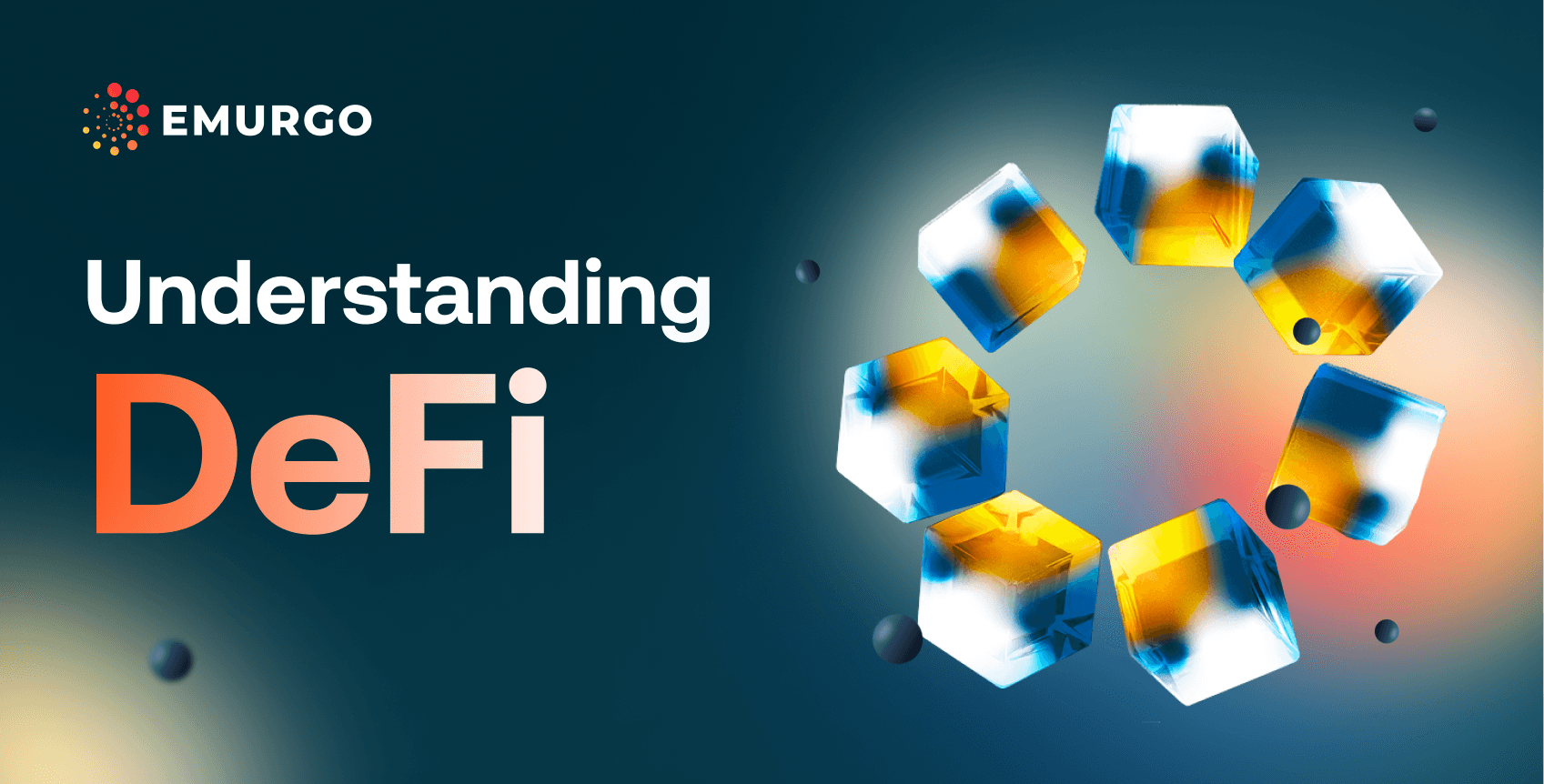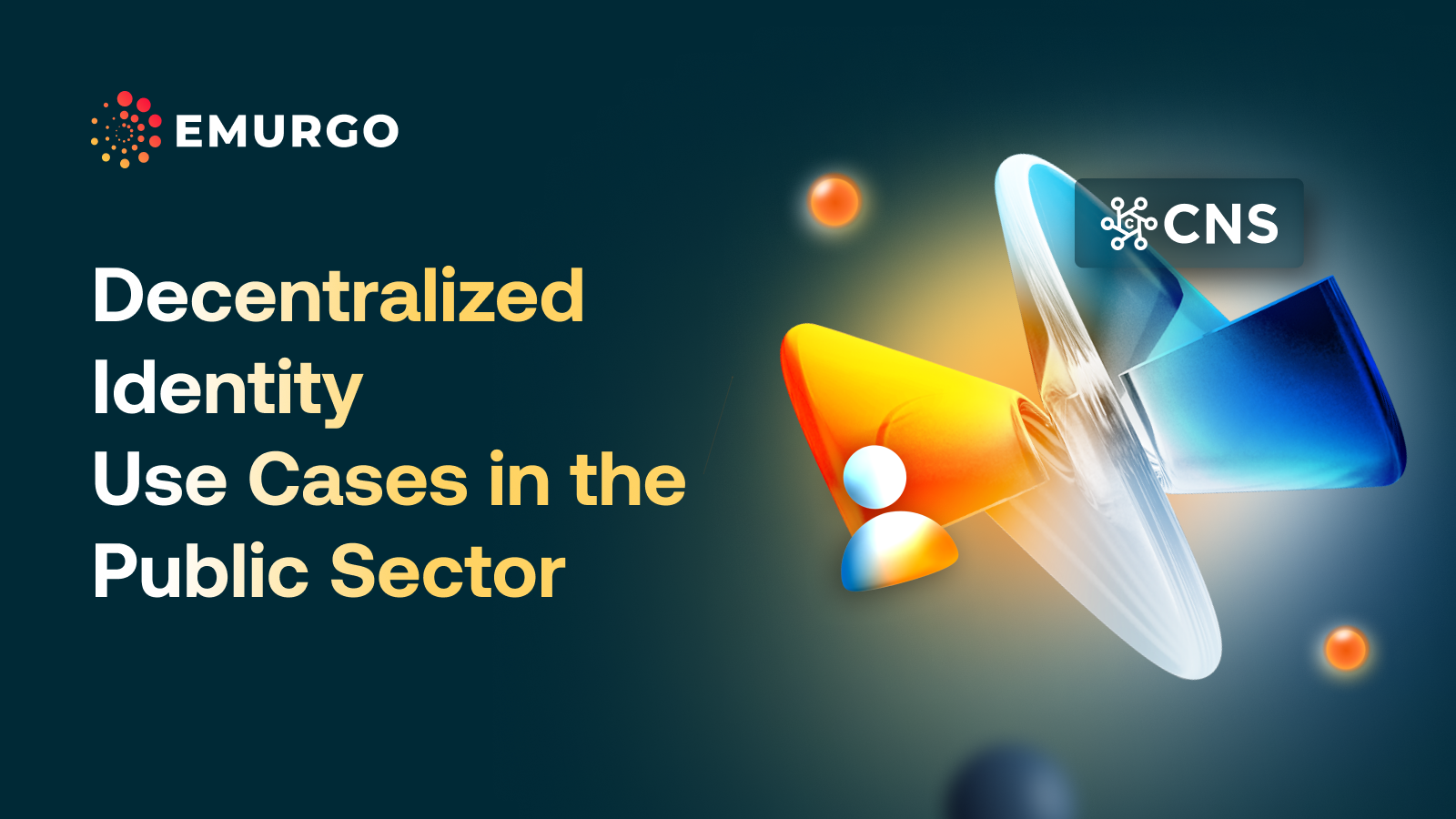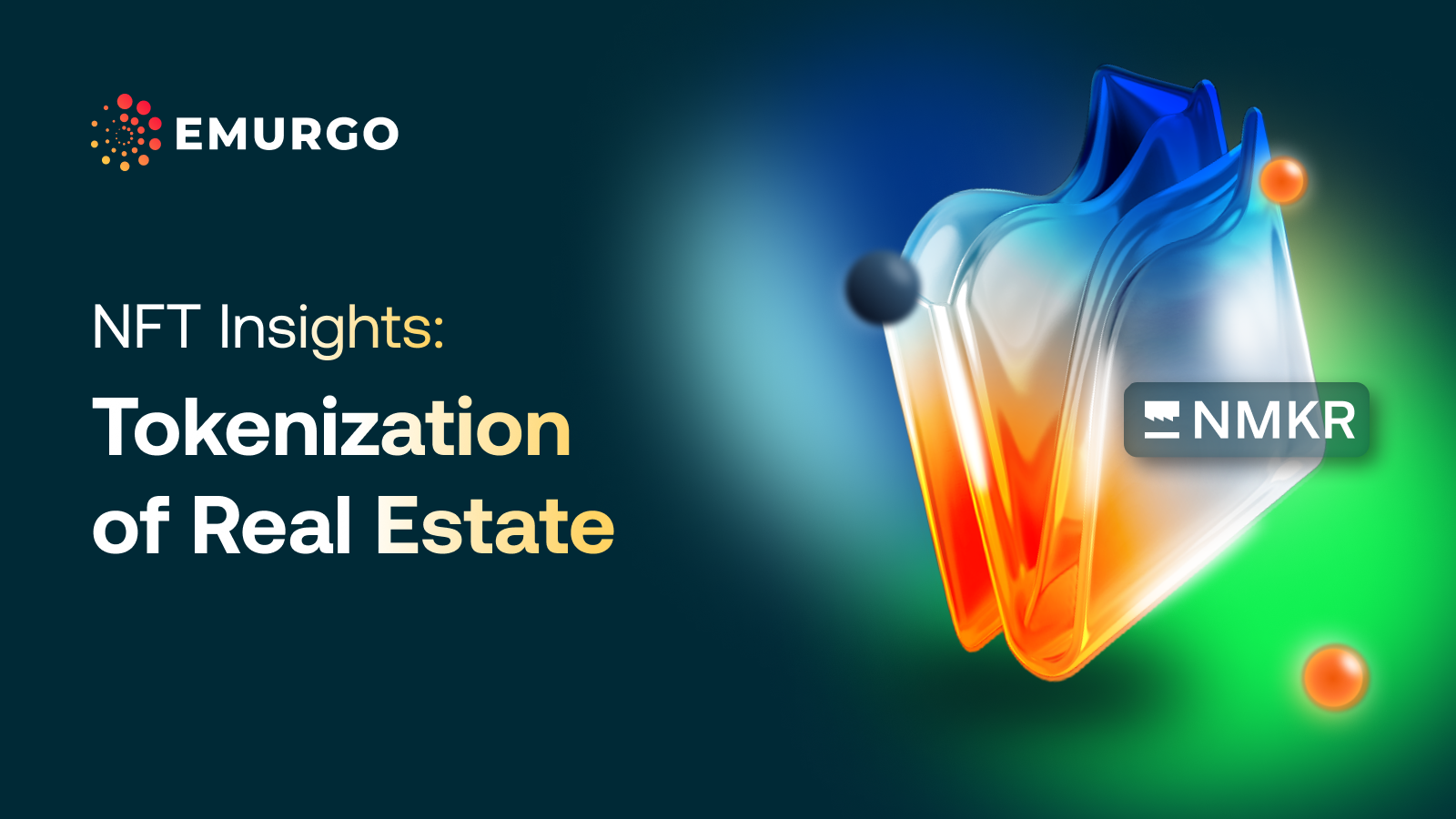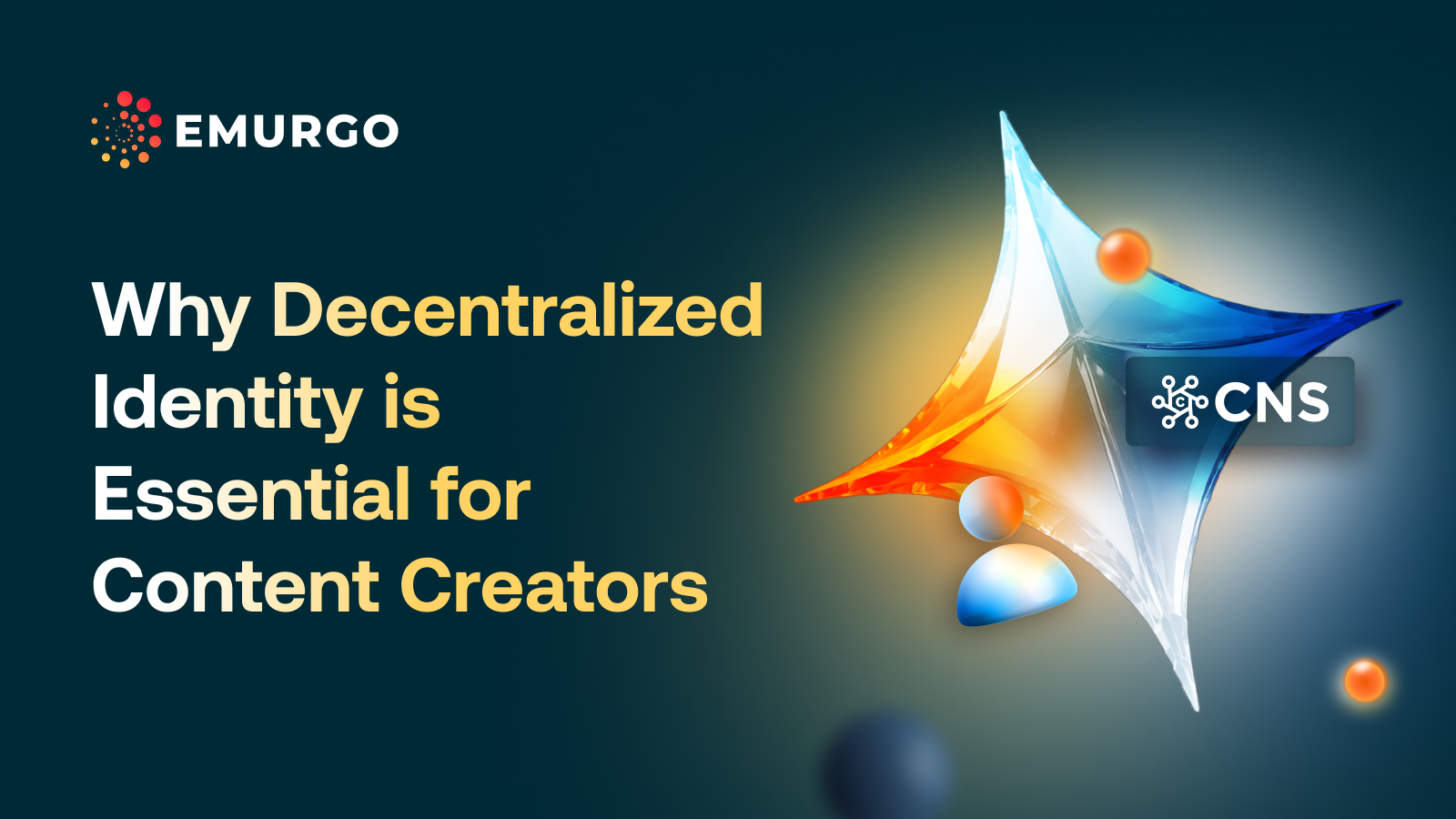In this blog, we will explain DeFi, and its adoption, growth, risks, and its relationship with blockchain technology.
How money and finance have evolved
Due to advances in technology, money has become more convenient over time.
-
- Barter system: An old peer-to-peer system of exchange of goods of value. Problems include hard to transact, finding a suitable exchange, and the nonexistence of a unit of value.
-
- Cowrie shells, and stone money: These were able to solve the unit of value problem, but were inefficient to store and carry. It is also hard to cap or control the supply.
-
- Metal coins and paper money: Solved the problem of storage and transportation, but were centralized.
The decades of technological advances in the financial space like accounting machines and punch cards (the 1920s), the rise of the mainframes and distributed systems (1950s), ATMs and credit/debit cards (1970s), the evolution of the share market, with a further adaptation of technology (1970s), the growth of the internet and digitization (1990s), and finally the fintech revolution (2000s) have led to enhanced ease of the use of financial products and services from home.
But the century of technological advancements has failed to solve the issues of slow settlement of financial instruments like stocks, inefficient and costly international remittances, billions are still unbanked and underbanked, and the high maintenance costs of the current financial system.
We have a financial system built of siloed technology and proprietary software that each player has to build from scratch. Over and above all are a closed group of high-net-worth individuals or institutions making decisions that impact the rest of the world from raising interest rates to bailing out the very institutions that caused the financial problems. The whole of the financial industry is run by an opaque and centralized system.
Adoption of DeFi
DeFi is a new-age financial ecosystem built on cryptography, blockchain, and a peer-to-peer ecosystem, offering a host of financial products and services ranging across money, banking, investments, exchanges, brokerage, insurance, payments, asset management, and much more.
The change is building the ‘Internet of Value’, the reinvention of money, and how money can work for us. Not by an individual or an institution but by a peer-to-peer ecosystem.
The first reason why the risk-adjusted yields in DeFi are far higher than the traditional financial systems is that in the decentralized world money can work across protocols and earn high yields. While the money in the centralized financial world sits in institutions like banks and works primarily in their interests.
Secondly, the products and services in DeFi are being built on the ‘Consumer Feedback’ model at a far faster rate, with new products being built every week. This is possible due to the composability or the interoperability of the various protocols. The developers and entrepreneurs build or assemble protocols upon the existing open-source protocols, which are referred to as ‘Money Legos’.
They must be built on a system (rules) such that they don’t fall apart due to a failure in one protocol (that is why they are called legos), hence this is why there is the need for protocols to be trustless, decentralized, permissionless, and open.
The innovation and developments in the DeFi space have led to products and services in parallel to traditional finance:
-
- Efficient
-
- All operations are settled almost immediately
-
- Counterparties can be present anywhere across the world
-
- No or minimal human interaction
-
- Efficient
-
- Fair
-
- Permissionless – anybody across the world can participate
-
- Censorship resistant
-
- Fair
-
- Open and transparent
-
- All data is public ie., trading volume, loans, and debt with the promise of immutability
-
- Anybody can build
-
- Open and transparent
Growth of DeFi
The growth of DeFi can be measured using the simple figures below as examples.
Total Value Locked (TVL) across chains and protocols: $600 million in Jan 2020 to approximately $230 billion (all-time highs) in November 2021.
Daily Trading Volume across chains and DEXs (decentralized exchanges): $1.7 million in Jan 2020 to $25 billion in March 2023.
DeFi risks
When technologies fail in centralized finance the problems can generally be resolved through banks, the police, or the courts. In decentralized finance, there is often little recourse if things go wrong, but the community comes together to find a probable solution that may pass or fail.
Some of the risks are
-
- Smart contracts: DeFi projects are often complex webs of smart contracts. Smart contracts are agreements that are digitally coded and executed automatically on a blockchain network. A bug in such a contract can compromise the funds locked in the protocol.
-
- Oracles: Oracles are necessary to execute many smart contracts that rely on external data, providing information such as price feeds. But when those oracles are compromised through malicious activity, it presents a risk to the intended execution of a smart contract.
-
- Miner extractable value: The profit or advantage that stems from miners/ bots arbitrarily reordering, including or excluding transactions within a block. Miners have some ability to change the ordering of transactions in a block or include their transactions, to their advantage. For instance, front-running individual transactions by observing unconfirmed transactions in the mempool for profit.
-
- Tokens: Every DeFi investment involves certain cryptocurrency tokens. Not researching before investment can result in a loss of money.
-
- Regulations: Currently, DeFi protocols operate with almost no government oversight or regulation from any government entity. This situation could change, and it is impossible to predict how any new government regulations of DeFi protocols might affect your DeFi investments.
-
- Outsmarting yourself: Investing in cryptocurrencies can be compared to commodity investing. The markets are highly rewarding but also highly volatile. This is a new space and has a steep learning curve, to begin with. Hence the knowledge and understanding of how to use the technology, setting up of the wallets, market cycle, tokenomics, and best practices from industry experts is often necessary to avoid costly mistakes. Don’t outsmart yourself by trying to do too much too fast.
Sign up now for Cardano DeFi Masterclass
Demand for blockchain-related jobs and career opportunities is soaring and Web3 projects and businesses are looking for talented candidates to meet this demand.
According to LinkedIn, blockchain jobs were the most in-demand within the overall tech industry in 2021.
DeFi is one of the most promising areas for Web3 and blockchain and the Cardano blockchain ecosystem is growing in DeFi products and services.
EMURGO Academy has partnered with the Cardano DeFi Alliance to deliver its first Cardano DeFi Masterclass, a 6-week, 40-hour online learning course to provide students with everything they need to know about decentralized finance in Cardano. Each week will be taught by different presenters from the top DeFi projects in Cardano including SundaeSwap, MuesliSwap, Indigo, and others.
For more information and to sign up, please visit https://education.emurgo.io/cardano-defi-masterclass/
About EMURGO Academy
-
- Official Homepage: education.emurgo.io
-
- Twitter: @emurgo_in
-
- Facebook: @Emurgoacademy
-
- Instagram: @emurgoacademy
-
- LinkedIn: @emurgo-in
-
- Discord: EMURGO Academy Community
-
- Telegram: EMURGO Academy



